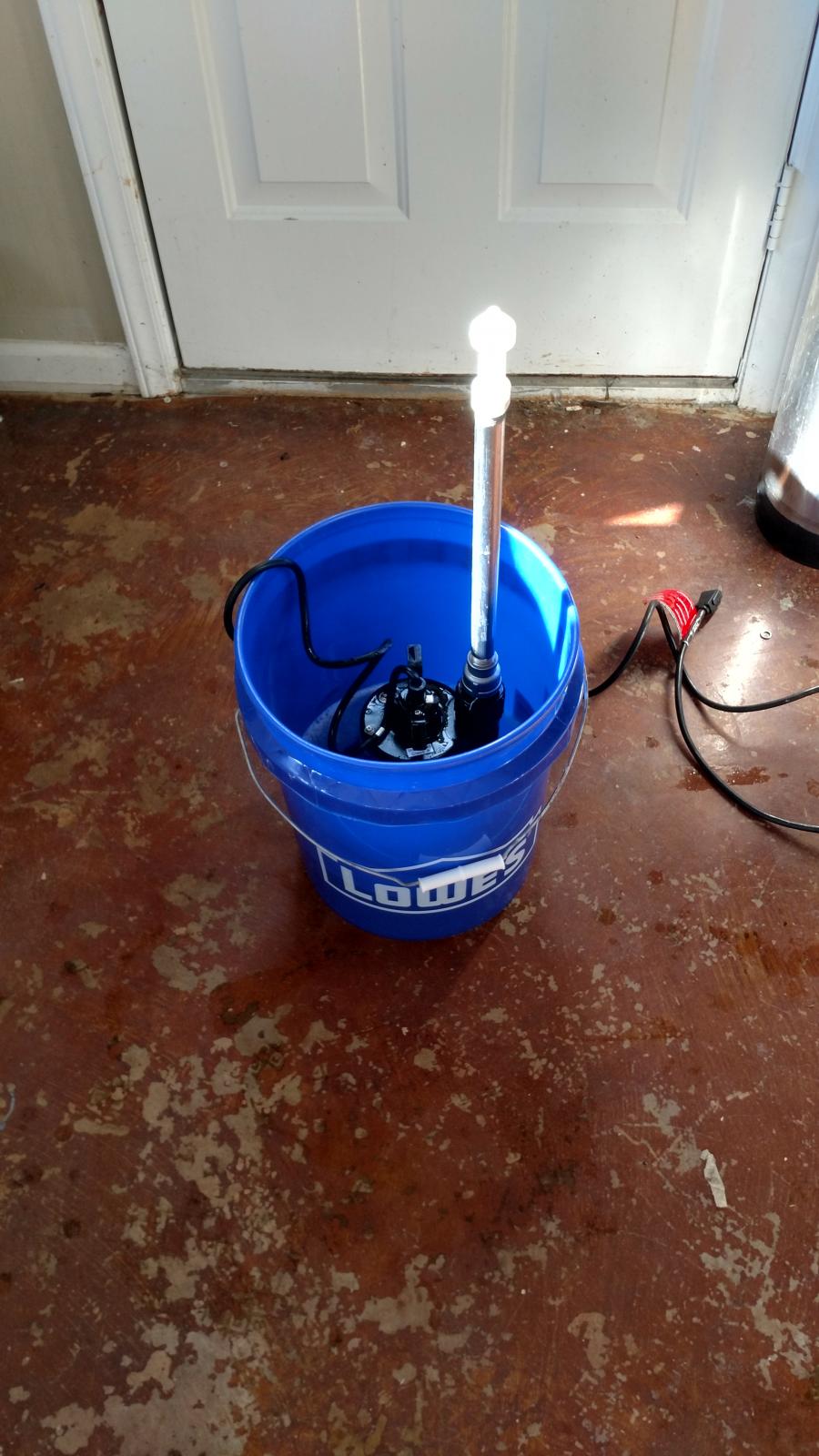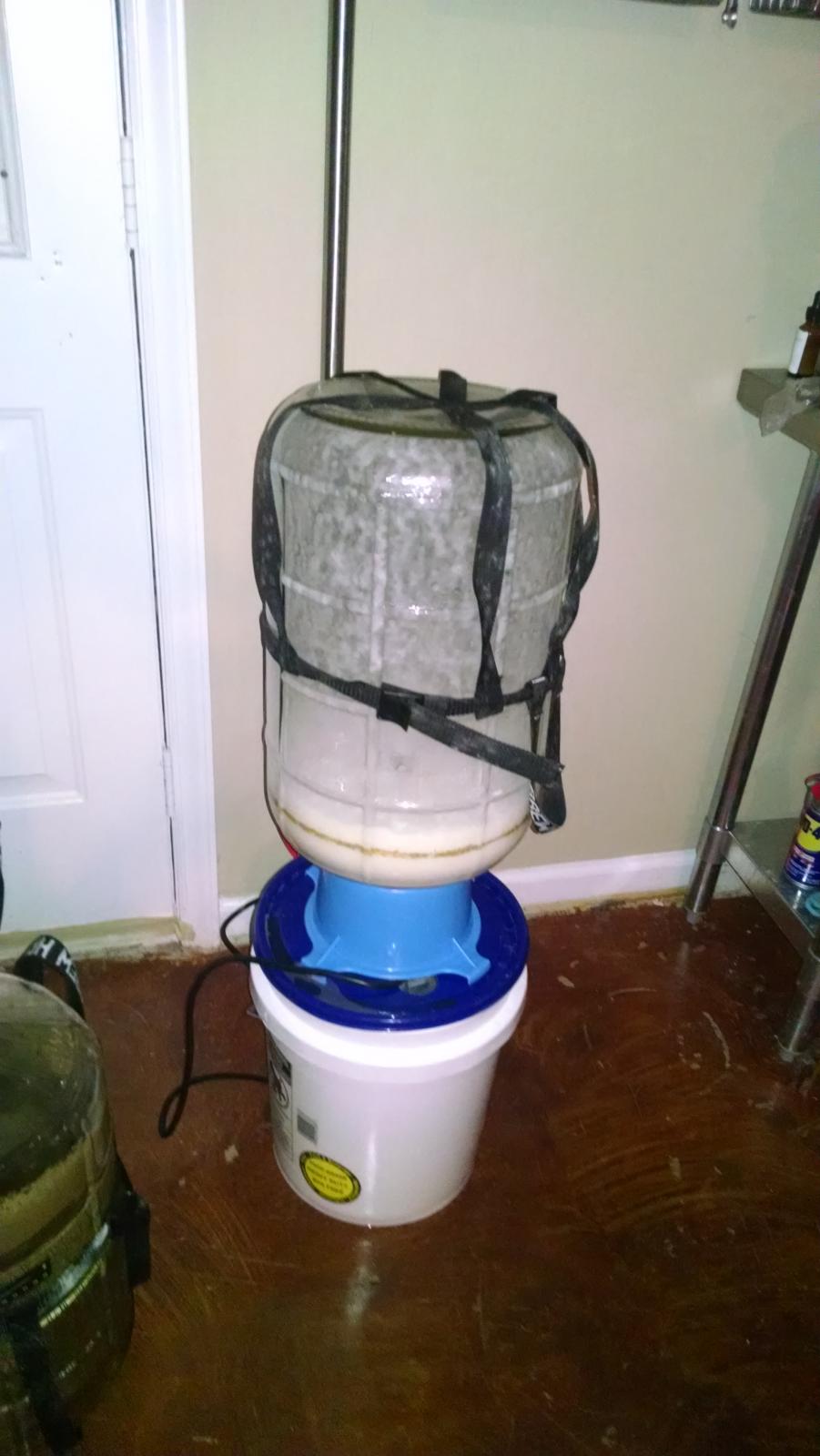mongoose33:
Although I haven't given any serious thought to the fermentation stage, I've watched numerous videos, read quite a bit about it and came to the conclusion I wasn't going to go with an actual conical fermenter, probably ever.
I looked at those, they seemed difficult to move, it wasn't clear they'd fit easily in my fermentation chamber, and at this point I don't harvest yeast.
I'll start with glass jugs as I hate plastic.
Me, too. Except in this case. You might take a gander at this search and see if anything changes:
https://www.google.com/search?q=site...hrome&ie=UTF-8
All I needed was to hear the horror stories about people injured by carboys breaking. My favorite--or least, actually--story involves someone carrying a carboy in their arms, squeezing it hard because it was heavy. They hit a corner on a counter, the carboy broke in their arms and because they were squeezing it so hard....you can imagine the lacerations.
They're harder to clean due to the narrow neck, heavier than plastic, dangerous if they break. Some have had them break as they added wort to them, just cracked and broke.
There are two main plastic fermenters people use. I have the BigMouth Bubbler from Northern Brewer. I love it, though it's more expensive than the Fermonster from MoreBeer.
I continue to use the BMB because I have carry straps for it, it works well, etc. etc. A sort of inertia, if you will.
But if i were starting over, I'd get the Fermonster.
Both have wide mouths which means you can reach inside to clean or to remove the spigot. You can get them without the spigot, but I've done it both ways and I like the spigot.
About the only value IMO to a glass carboy is if you're doing very long term aging; they're oxygen-impermeable. If they're all you have, they're all you have, but having worked with both, not a chance in the world I'd go back to glass.
I'm also going the keg route. Bottling is too much work with too much chance of messing up the batch. Once I discovered what corn sugar was I lost interest in it altogether.
Bottling off a keg is actually quite easy. I'm taking some of my bottled beer to a wedding reception this weekend; easy to get a variety. If I had help capping I could do two bottles a minute, maybe a bit faster. I use a growler-filler to fill bottles, also use the poor-man's beer gun attached to a picnic tap.
Of course, you can also fill growlers if you need to take your beer somewhere. I do that as well, depending.
I happen to have a walk in refrigerator that hasn't been used in over a year and I can temporarily use it to store kegs and bulk grains. Getting consumable supplies (grains, hops, etc) shipped in is another area I have to check out.
Wish I had one. But my electricity is almost 1/3 of what you pay, so I can see a desire to not run it much.
I have an issue most people don't. I'm on an island.
I suspected something like that. Maybe the 90-degree tap water had something to do with it...

It takes 30 to 45 days to move product here and that involves clearing customs, all sorts of fees and paperwork. There are no local brewers I can consult with. I checked with Northern Brewers and BrewHardware to see if they've ever shipped any product to Roatan and both said no. Therefore everything I do is strictly based on my own final judgement.
Well, not completely. You're getting a lot of advice here, and the advantage to that over videos is it's interactive. For instance, my comments about your "glass jugs" decision above.
But as always, it's your life, and you can embrace or ignore the advice here as you see fit.
I have to make a maximum effort to bring in as close to the ultimate system as possible, including every nut and bolt required to brew a batch. There's no Home Depot or Lowes I can rely on. There's no local brew store available to quickly pick up a chemical, a piece of hose or a repair part. I'm on my own.
No, you're not. You have us.








